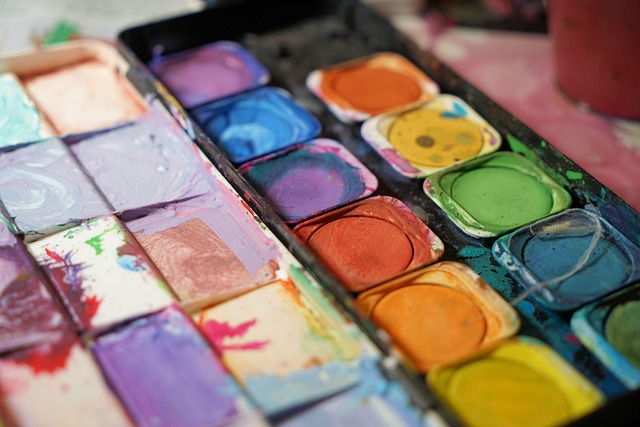Mastering Illustration Techniques: A Guide for Aspiring Painters
As an aspiring painter, the world of illustration opens up a vast palette of creativity and expression. It’s not merely about applying color to canvas; it’s about telling stories, evoking emotions, and capturing moments through your unique lens. Whether you’re a beginner or have dabbled in painting before, mastering illustration techniques can elevate your artwork, allowing your original voice to resonate with viewers.
Understanding the Basics of Illustration
Before diving into advanced techniques, it’s crucial to grasp the fundamental components of illustration. This includes understanding composition, color theory, light and shadow, and proportions. These elements serve as the backbone of any artwork, providing structure and depth to your creations. Spend time sketching simple objects to familiar yourself with how shapes interact and how to convey three-dimensionality on a flat surface.
1. Drawing from Life
Nothing beats the experience of drawing from life. Whether it’s a bustling street scene, a friend sitting across from you, or a serene landscape, drawing from real life sharpens your observational skills. This practice allows you to understand the nuances of form and light, which are critical in illustration. Each stroke becomes a bridge between reality and your artistic vision, enriching your skills as an illustrator.
2. Experimenting with Different Mediums
Illustration can encompass various mediums, from watercolors to digital tools. Experimenting with different materials not only broadens your skill set but also helps you find your niche. If you adore the flow of watercolors, explore their capacity for layering and blending. If digital art intrigues you, invest time in software like Adobe Illustrator or Procreate. Each medium brings its own unique challenges and advantages, transforming the way you express yourself.
3. The Role of Color
Color plays a vital role in illustration, as it invokes emotion and guides the viewer’s eye. Understanding color theory can dramatically enhance your artwork. Familiarize yourself with concepts such as complementary colors and color harmony. Play with palettes and see how different color combinations evoke various feelings. A vibrant palette can create energy, while softer tones might evoke tranquility.
4. Incorporating Texture
Texture is what gives your illustration character. Whether you’re using brushstrokes, stippling, or layering materials, incorporating texture takes your artwork from flat to dynamic. Consider adding visual interest with mixed media, or play with the nature of your brushwork to create various textures in your illustrations. This will engage viewers’ senses and draw them deeper into your artwork.
5. Studying Other Artists
One of the most enlightening ways to improve your illustration techniques is to study the works of other artists. Analyze their styles, techniques, and storytelling methods. Create a mood board filled with illustrations that inspire you. What elements resonate most? How can you incorporate those techniques into your own style? Remember, every artist has a unique journey, and examining others can provide invaluable insights for your own growth.
6. Practice, Practice, Practice
Just like playing an instrument, illustration requires practice. Set aside time each day or week to create. Don’t be afraid to experiment and make mistakes; each failure is a stepping stone toward mastery. Join art challenges online or collaborate with fellow artists in your community to keep your creative juices flowing. Regular practice enables you to refine your techniques and develop your distinctive voice as a painter.
7. Learning the Business of Illustration
If your goal is to enter the art world professionally, understanding the business side of illustration is essential. Familiarize yourself with the art market, how to network, and how to present your portfolio. Attend workshops, art fairs, and join social media groups where you can connect with other illustrators and potential clients. A deep understanding of the industry will empower you to navigate your career more effectively.
Embarking on the journey of mastering illustration techniques can immensely enhance your skills as an aspiring painter. Embrace the process, celebrate your progress, and remember that every brushstroke brings you closer to your artistic identity. Your unique perspective is valuable in the world of art, and with dedication and passion, you can create illustrations that leave a lasting impact.



